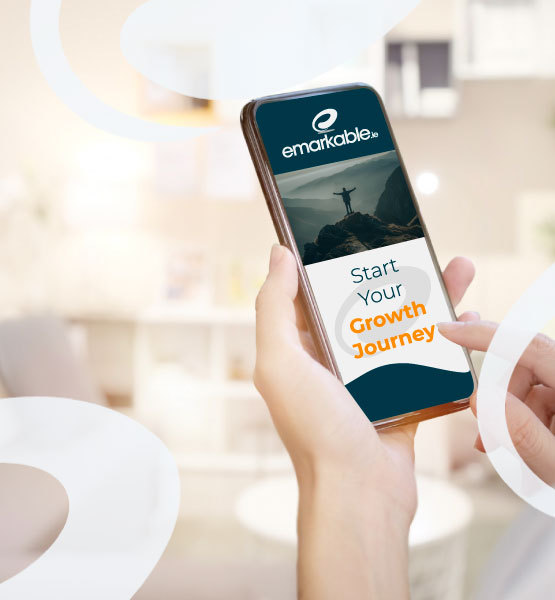Social Influencers: A Guide to Using Them to Promote Retail Firms
Social media has become a powerful tool that allows you to reach your audience in new ways and to interact with them on an entirely different level. However, gaining traction in the world of social media can be difficult, particularly for smaller, newer retailers. Social influencers can help, but it’s important that you understand how to use these individuals to boost the success of your retail business. In this guide, we’ll explore what social influencers are and the key steps to using them correctly to grow your success.
What’s a Social Influencer, Anyway?
A social influencer is nothing more than an individual with a large following on social media, whose audience is engaged and follows the influencer’s lead. Often, these are celebrities, but that’s not always the case. They can be thought leaders, trendsetters, or tastemakers. They can be industry experts and more.
Types of Social Influencers
As mentioned, not all influencers are equal. It is important that you understand the various types so that you can create an informed marketing strategy that builds toward your specific goals. So, what types of social influencers exist? There are three that you’ll need to know.
Macro – Macro influencers have very large audiences, generally numbering over a million people. Those audiences are quite disparate, though, even fragmented. These are the most expensive to work with, and often the least valuable due to audience fragmentation.
Medium – Medium-sized influencers have more than 100,000 followers, but fewer than a million. Their audiences are often more narrowly focused, and the people are less expensive than macro-influencers.
Micro – Micro-influencers are those with audiences under 100,000 individuals. They are usually the most affordable. However, the real benefit here is that their audiences are usually very narrow in terms of interests, which ensures that you’re able to get your products before those who will be most interested in them.
Choosing Your Influencer(s)
Finding the right influencer for your campaign can be challenging. The best place to start, rather than with whether they are thought leaders or bloggers, social media mavens or industry experts, is with their relevance to your business, or to the products that you’re promoting.
For instance, if you’re promoting men’s grooming products created from sustainably sourced products, you might not find much traction working with an influencer whose audience is primarily made up of middle-aged survivalists. So, relevance is vital. You also want to consider influence, which can be trickier to gauge.
Before partnering with any influencer, take a little time to check them out. What are their posts like? Are they consistent in tone and voice? Do they engage with their audience? How frequently do audience members like, share, and comment on the influencer’s posts? Do the influencer’s posts tie in with your product, platform, or business as a whole?
Once you’ve determined that an influencer actually has the influence that you want, that they’re relevant to your campaign, and that their audience is made up of people you want to target, you’ll need to determine what type of campaign you want to run.
Influencer Campaign Examples
To be clear, you can conduct a wide range of different campaigns with influencers. In this section, we’re going to touch on some of the most effective options as examples.
Multiple Smaller Influencers: One option is to work with several micro-influencers. This allows you to create what essentially amounts to paid-for brand advocates. You may even be able to turn your fans into brand ambassadors in this way.
Influencer Content Creation: You could let your influencer(s) choose specific products from a limited selection and then create content surrounding those products. This is a bit more organic than the previous option and more in-line with how most brands use influencers. It also allows those influencers to bring their own unique style to the project.
Fans as Influencers: You might decide to eschew all three types of influencers and turn to your fans, instead. If you have a strong social media presence, you could ask your fans to provide you with pictures or even video of them using your products in their daily lives and then use that content to promote your business. As a side-benefit, you might be able to jumpstart some of your own audience members as influencers in their own right.
In the End
Ultimately, social influencers can be powerful tools for your retail business, but you must go about working with them in the right way. Choose the right influencer level with the right audience. Ensure that they actually have an engaged audience and the influence that they claim. Then, create a marketing plan that works for you and for the influencer(s) in question.





